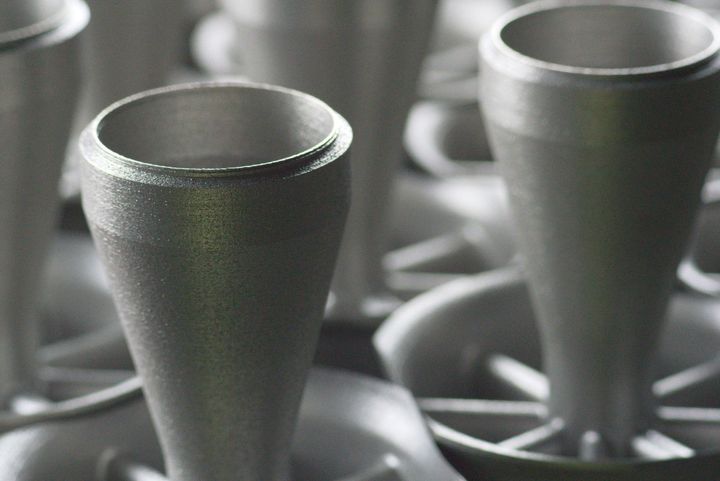
I’m reading a post by Markus Seibold about serial production using additive manufacturing and there is a great deal of wisdom in his thoughts.
Seibold should know about this topic, being the VP of Additive Manufacturing at Siemens. That company has above many others made significant use of 3D printing in its vast operations worldwide.
Seibold correctly tells the story that typical complex components made conventionally require many separate parts and plenty of post-processing steps, including “machining, welding and assembling” stages. That’s expensive, but industry has grown accustomed to their speed and costs over decades.
Meanwhile, equivalent 3D printed parts can offer very significant advantages as they can often reduce the number of parts in an assembly significantly. In the best cases, the number of parts is reduced to only one — the part is complete after 3D printing and post-processing. That can be a major advantage.
When you hear a story like that it seems very clear that 3D printing could well be the solution you’re seeking. How could you resist: a faster, simpler and possibly more robust solution. Who could turn that down?
Plenty of managers, it seems.
Many Fabbaloo readers are technical in nature and would immediately understand the equation above and attempt to make use of it in their domain. However, there are other barriers to making use of those advantages beyond the technical.
Barriers to 3D Print Production
Seibold provides a list of “five biggest hurdles for implementing AM serial production”, and they are:
Get the technology right. That is, the part must indeed be producible to the required quality and functional levels using the equipment and materials at hand.
Qualify product for serial production. Here the part must be proven economical for serial production, which requires establishing regular unit volumes that justify the costs involved.
Those two points seem correct, clear and obvious. But there are three more points raised by Seibold that have nothing at all do to with the technology:
Get endorsement of executive stakeholders.
Convince decision makers on product level of technology capability.
AM team driven by a purpose.
I cannot state how important these points truly are. Having spent many years of my life attempting to push new tech in big companies, I eventually realized that you will always lose unless you have support right from the top. Ambivalence is not sufficient; you must have active support for your change.
Seibold also suggests getting support from mid-level decision makers, and that is also critical, as nothing proceeds unless they agree. Of course, this is where the executive support helps the most, as these managers report upwards.
Finally, Seibold talks about coordinating an “AM Team” that has a common vision and goal. While the other steps have gotten the project started, this step will keep it going over the long term by keeping everyone on target. If no destination is specified, everyone will go somewhere they like, and that’s a problem.
These principles hold regardless of whether you are proposing a project within a company or from outside a company as a vendor might do. The technology solution goes no where unless people agree to proceed.
Seibold writes:
“There are technological challenges that need to be solved. But at least as important are the cultural hurdles, which should not be underestimated.”
I cannot agree more, and might suggest that the cultural hurdles are often far more difficult challenges than the technical ones.
Via LinkedIn
